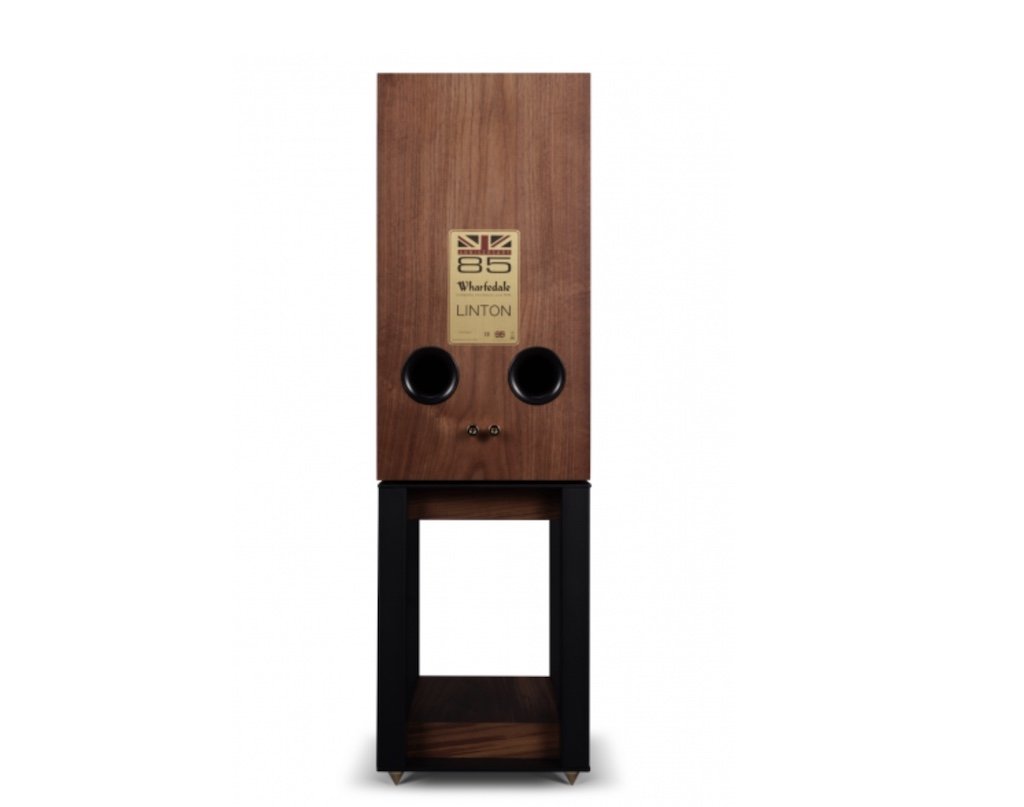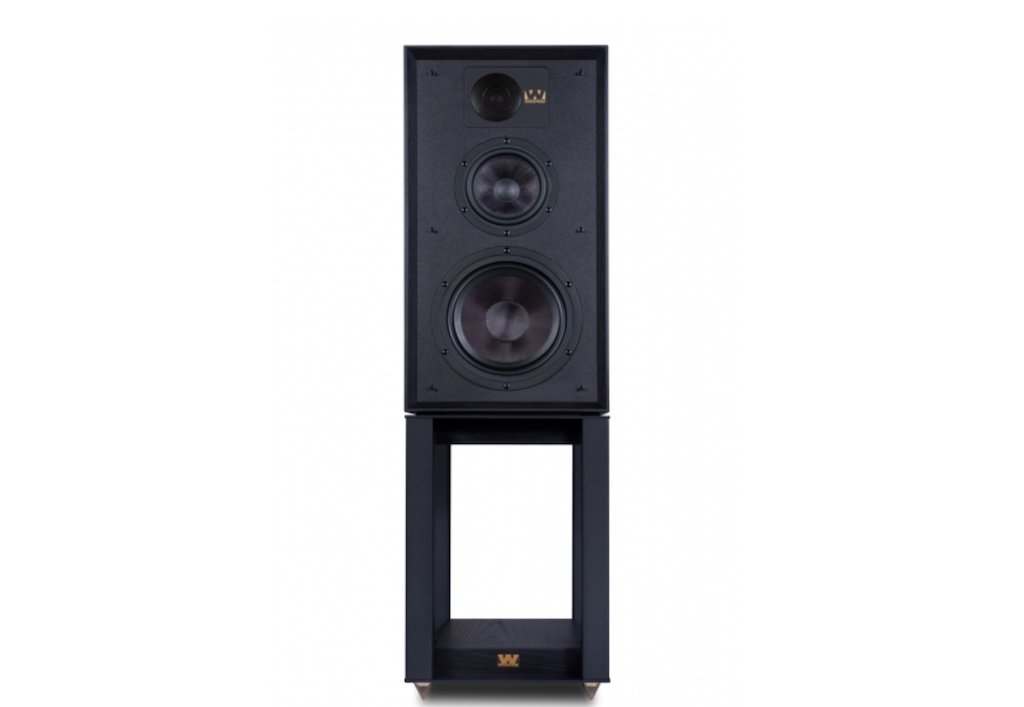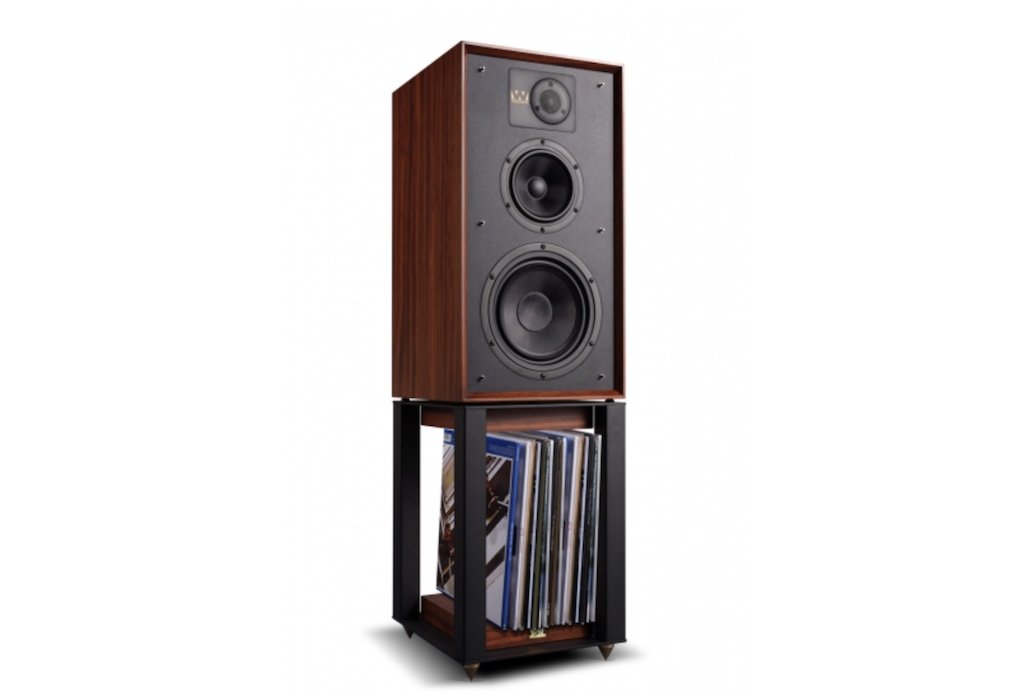Wharfedale Linton Loudspeaker - Review
Wharfdale Linton Review
Of all the brands offering heritage-style speakers, one model has stood the test for me. The Wharfdale Linton is one of those speakers I don’t think can ever look bad. They exude class and are dripping with retro style despite having had the internals upgraded over the years. This isn’t a speaker designed to look retro; it is designed to look like a Linton, and if you want to know why I find them so unique, read the rest of this review.
Wharfdale is a company with both Heritage and Pedigree
Wharfdale isn’t just any old popup fly-by-night brand; just like Klipsch, Grado, and many others, they built their reputation from being early to the party. The original Linton speaker, in fact, first appeared in 1965 and has been regarded as one of the best Hifi experiences you can get in such a form factor.
But the company goes back even further, having been founded in the mid-1930s in sunny England. Wharfdale was often overlooked in my eyes because, at the time, Klipsch was stealing the show with their horn speaker designs (a design we still see used on the Klipsch Heresy IV in 2022). They were quietly developing home audio and PA systems for the masses.
So, unlike speakers developed to look old, the current Linton is an evolution of an existing design language, and so is the sound. The sound of the Linton was developed in a very analog time, and there is something old about the sound and why it is still worthy of a spot on our list of the best audiophile speakers. A way that transfers you to a previous time. It was a time when music was the focus when it was intimate and engaging. While not technically perfect, they make me feel my music again.
Pricing & Availability
The Linton is a much loved and respected audiophile-grade speaker, and as such, they may have some availability in brick-and-mortar HiFi stores. You would likely have to order them through your authorized dealer locally. The good thing is they are one of the few high-end speakers sold on Amazon that consistently have stock and fast shipping. Click the link below to see the current price and availability.
Not quite a Bookshelf Speaker
Wharfdale Linton Loudspeaker
The Linton is, by definition, a bookshelf speaker, but they don’t really look like our traditional opinion of them. They are huge hulking beasts that likely wouldn’t fit on a regular bookshelf stand, so luckily, Wharfdale have their own stands to accommodate the girth while giving you somewhere to store your LPs
It’s not an aesthetic choice, either. The design has to be that large to accommodate the drivers while giving ample cabinet volume to allow them to breathe and display their sound in such a grand and magnificent manner. Yes, everything about the Wharfdale Linton is on the large side.
This size means you will have to do significant room planning. In my testing, I found the speaker sounded best when unobstructed and placed 3-4 feet from the back wall. Any closer and I found the reflection distortion to be too high, and the bass became a little boomy.
Moving them so far into the room will take up significant space, which needs to be considered before purchase. They are best suited for use in medium to large areas/rooms.
Dimensions are as follows: 22.25" x11.8" x13" while the base stands 17 inches tall; the weight of each speaker is around 20kg, so they are some chunky boys.
A Modern 3-way Design
Bookshelf speakers are more commonly of the 2-way school with limited space to fit more than a large diameter woofer and small tweeter. However, because the Linton cabinet is so big, there is no problem fitting two woofers and an additional tweeter.
The big driver is a monstrous 8-inch woven kevlar beast; the mids are handled by a 5-inch woven kevlar and the 1-inch tweeter is a silk dome. Ventilation comes from the two bass ports positioned at the bottom of each speaker.
The use of woven Kevlar is where Wharfdale has modernized the Linton from its previous generations, and this modern material increases the stiffness of the cone while at the same time decreasing distortion.
Sound Testing - A Romantic Trip back to the Golden Audio Days





Listening to retro speakers, I always like to start with something classic, and that was The Door’s self-titled “The Doors” album. This was a positively trippy experience because I last heard this on LP with my father’s Klipsch Heritage speakers from the 1980s. Tube amps flaring, I felt positively nostalgic. The sound sounded so big and full of life, vast and spacious, while simultaneously, it felt like it was moving me. I listened to the full album front to back.
Moving on, I brought it forward a few decades and found myself switching between disco and classic rock. Again, the Linton felt made for this smooth, tonally a little warm, and with an immense weight, which I find missing from many modern speakers. These are smooth operators, not the most revealing, but instead creating a beautiful medley of impact and tone.
Over the next two weeks, I thoroughly enjoyed my time with the Linton. They just seemed to perform well with everything I threw at it, and in areas I disliked, such as oversmoothing on some high frequencies, it’s so easily forgiven when you stop listening to pick holes in the speaker and instead listen to enjoy your music.
These speakers have no real overt weakness; I came to enjoy that. Listening to techno and EDM was energetic and full of life, and those 8-inch drivers meant that I never plugged in an amplifier. I never felt they needed them because the quantity impact from the woofer was being matched freely with the resolution it offered in the mid-bass.
When going to classical, I had one of those “ I don’t think I ever need to hear another speaker” moments because the power and throw made it wonderful. A concerto wall of sound is being thrown into the room. It’s so bold and persuasive that it sounds like a mini Heresy, and that’s when you realize their genius.
Their sound is significant; it’s up there and beyond what many larger floor-standing speakers in staging and blows away a regular bookshelf. It’s in a class regarding products I have reviewed for this site.
If I’m being picky, it’s on detail retrieval. However, even that statement needs perspective because Linton is wonderfully detailed. My recent experience with ribbon tweeter speakers and some of the new electrostatic speaker models resolve more. Yet, with those speakers, you lose intimacy, and they can sometimes sound overly clinical, especially when you hear them next to a Klipsch or Wharfdale heritage speaker.
Final Verdict
The price of the Wharfdale Linton is $4000 RRP in the USA. That puts it up there in a special category, but I honestly still feel like they are good value. The sound is just magical to me, and it hits me in a place where I’m taken back to a time when it was about the love for music and not the equipment we listen to is important. No other bookshelf comes close, and I’m not ready to commit to installing modern floor-standing speakers just yet. So yes, Linton gets our recommendation. It looks, feels, and sounds very special, and I haven’t felt that about any audio product in a long time. 5/5 Stars.
Official Website of the Wharfdale Linton Heritage Loudspeaker: www.wharfedale.co.uk/linton-heritage/

